Blogs & News
We are focus on automotive wiring harness & connectors technology.
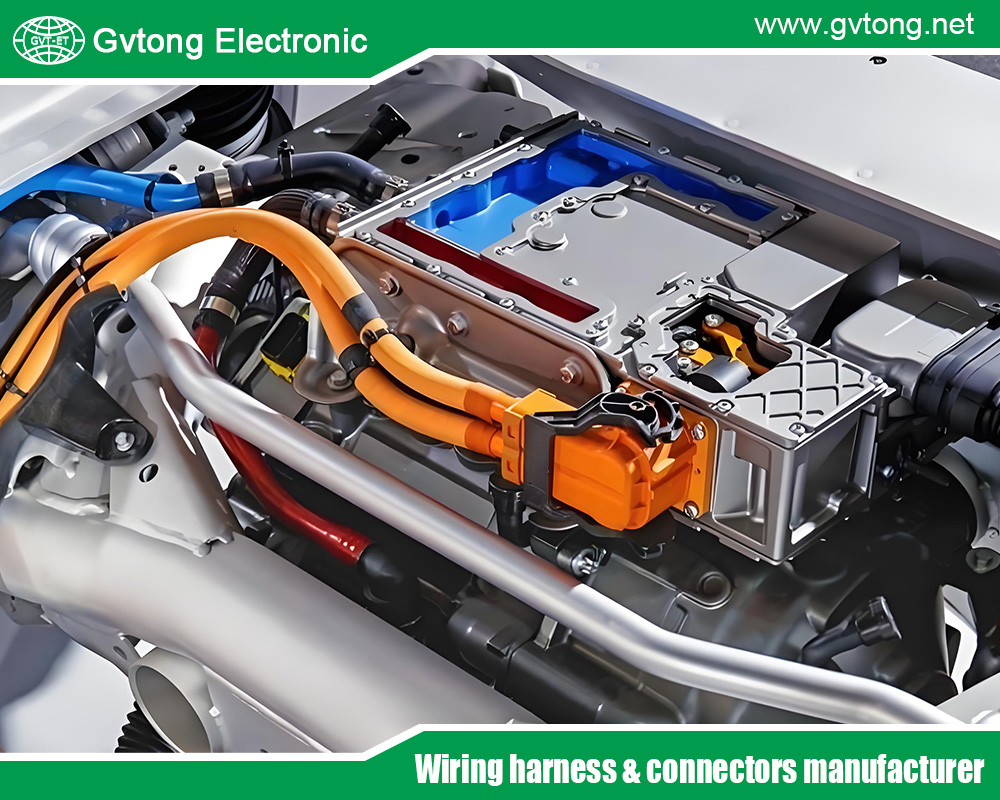
How do automotive waterproof connectors improve the watertightness of a connector?
- Gvtong Electronic
- 2 Pin Way Car Waterproof Electrical Connector, 2p 32p Automotive Connector Terminal Crimping, auto Connector, Automobile Waterproof Connector, Automotive electrical connectors, automotive Vehicle Connector, automotive waterproof connectors, automotive waterproof connectors company, automotive waterproof connectors factory, automotive waterproof connectors manufacturer, automotive waterproof connectors supplier, automotive Wire Battery Terminal Connector, Connecting Terminal, Copper Alloy Connector, durable Connectors, electric Connectors Terminal, electric Fast Compact Wire Connector, electrical connectors, electrical wire connector, female electrical wire connector, Latest Design Connectors, male Female Wire Connector, new Energy Connectors, right Angle Pin Header Pcb Connector, sealed Automotive Connectors, Waterproof Connector
- No Comments
Research suggests automotive waterproof connectors improve watertightness through sealed designs and high IP ratings.
It seems likely that features like O-rings, durable materials, and locking mechanisms enhance protection against water.
The evidence leans toward testing and certifications ensuring reliability in harsh vehicle environments.
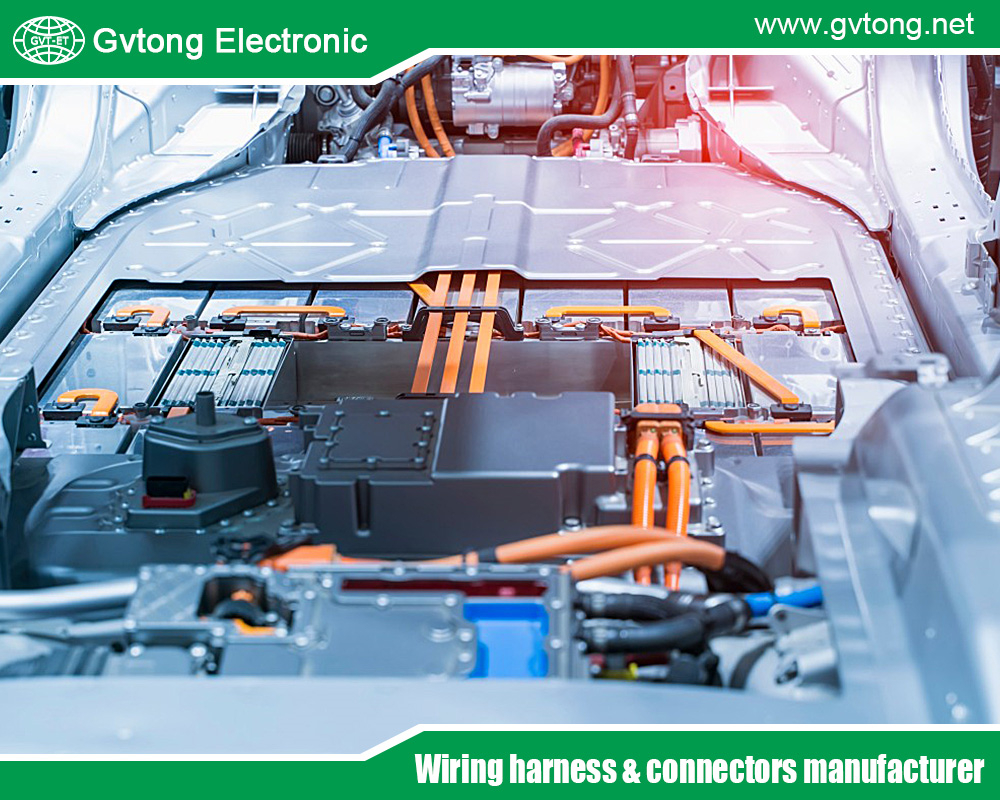
What Are Automotive Waterproof Connectors?
Automotive waterproof connectors are designed to prevent water from entering, ensuring reliable electrical connections in vehicles exposed to rain, snow, or washing. They’re crucial for systems like sensors or lighting, where water can cause failures.
How They Improve Watertightness
These connectors use sealed housings with O-rings or gaskets to block water, have high IP ratings like IP67 or IP68 for submersion resistance, and are made from durable materials like thermoplastics or TPU. Secure locking mechanisms prevent loosening, and additional features like wire seals offer extra protection. They’re tested for extreme conditions, ensuring they work in vehicles.
Why It Matters
Watertightness prevents short circuits and corrosion, keeping vehicle systems safe and functional, especially in tough conditions like off-road driving.
Comprehensive Analysis of How Automotive Waterproof Connectors Improve Watertightness
Selecting automotive waterproof connectors is a critical decision for ensuring reliable electrical connections in vehicles, where exposure to water, dust, and other contaminants is common. These connectors are designed to enhance watertightness, preventing ingress that could lead to corrosion, short circuits, or signal interference. This detailed analysis explores the mechanisms, materials, and standards that contribute to their watertightness, ensuring robust performance in harsh automotive environments.
Electrical and Mechanical Requirements
The foundation of automotive waterproof connectors lies in their ability to maintain electrical integrity while resisting water ingress. Research indicates that connectors must meet standards like IP67 or IP68, which specify protection against dust and water, as outlined in resources like Connector Supplier – Waterproof Connector and Cable Products. For instance, IP67 means dust-tight and immersion up to 1 meter for 30 minutes, while IP68 allows for deeper submersion. This ensures reliability in conditions like heavy rain or vehicle washing.
Sealing Mechanisms: Creating a Barrier Against Water
One of the primary ways waterproof connectors improve watertightness is through advanced sealing mechanisms:
O-Rings and Gaskets: Many connectors, use O-rings to create a tight seal between mating parts, preventing water from entering.
Preassembled Seals: Connectors like the Miniature ensuring a consistent barrier against moisture without additional assembly steps.
Hermetic Sealing: Some connectors, like IP68-rated options, are hermetically sealed to 1 x 10^-8, offering extreme protection for high-frequency applications.
These seals are crucial in automotive settings, where connectors are exposed to rain, snow, or road splashes, ensuring systems like engine sensors or lighting remain functional.
Material Selection: Durability in Harsh Environments
The choice of materials significantly impacts watertightness, with connectors using water-resistant and durable substances:
Thermoplastics and TPU: Materials like UL94 V-0 rated thermoplastics and TPU are resistant to water, chemicals, and temperature extremes. These materials prevent degradation, maintaining structural integrity under exposure to automotive fluids like oil or coolant.
Metal Housings: Some connectors, use robust metal housings with non-reflective surfaces, enhancing mechanical strength and corrosion resistance in wet conditions.
Sealing Materials: Elastomers like NBR (-40°C to 105°C) or silicone (-40°C to 125°C) in seals, provide flexibility and durability, ensuring long-term watertightness.
These materials are essential for withstanding the vibrations, temperature fluctuations, and fluid exposure typical in vehicle engine compartments or underbody systems.
IP Ratings: Quantifying Watertightness
IP ratings provide a standardized measure of a connector’s protection against solids and liquids, directly improving watertightness:
IP67: Dust-tight and can withstand immersion in water up to 1m for 30 minutes, suitable for most automotive applications like exterior lighting or sensor connections.
IP68: Offers protection for submersion beyond 1m, ideal for off-road or marine vehicles.
IP69k: Provides protection against high-pressure, high-temperature water jets, ensuring resistance during vehicle washing.
These ratings ensure connectors can handle the diverse conditions vehicles encounter, from heavy rain to submersion in puddles, maintaining electrical performance.
Secure Locking Mechanisms: Preventing Water Entry
Locking mechanisms enhance watertightness by ensuring the connector remains securely mated, preventing water from entering through gaps:
Twist-Lock Designs: Twist-Lock Circular Connectors use a twist-lock mechanism, ensuring a tight fit that resists water ingress under vibration, common in automotive settings.
Dual Locking Systems: adding an extra layer of security against accidental disconnection, which could compromise the seal.
Blind Mating Capabilities: Some connectors, offer blind mating, ensuring accurate alignment and sealing even in tight spaces, reducing the risk of water entry.
These mechanisms are critical in vehicles, where constant movement and vibration could loosen standard connectors, leading to failures.
Additional Protective Features
Beyond seals and materials, waterproof connectors often include features that further enhance watertightness:
Wire Seal Grommets: Used wire seal grommets to prevent water from entering through the cable entry points, ensuring comprehensive protection.
Overmolded Designs: Connectors like Shielded Waterproof Micro USB 2.0 Type-B Connectors use overmolded, epoxy-glue-based plastic sealing, creating a dual-layer shell that blocks water.
Submersible Designs: Connectors rated for deep submersion, are designed for extreme conditions, such as off-road vehicles crossing water bodies.
These features provide an additional layer of defense, ensuring reliability in the most challenging automotive environments.
Testing and Certification: Ensuring Reliability
Automotive waterproof connectors undergo rigorous testing to verify their watertightness, aligning with industry standards:
Submersion Testing: Tested for 24-hour submersion at 120m, far exceeding typical automotive needs, ensuring performance in extreme conditions.
Vibration and Temperature Testing: Connectors are tested for vibration resistance and temperature extremes (e.g., -55°C to +135°C), ensuring they maintain seals under vehicle operation.
Compliance with Standards: Standards like SAE USCAR2 and ISO 10487 guide testing, ensuring connectors meet automotive requirements for watertightness and durability.
These tests provide confidence in the connector’s ability to perform reliably, crucial for safety-critical systems like braking or engine control.
Application-Specific Needs: Tailoring to Vehicle Conditions
Different automotive applications require tailored watertightness levels.
For example:
Engine Compartments: Connectors IP67-rated are used for sensors, where exposure to oil and water is common, ensuring reliable signal transmission.
Exterior Lighting: Connectors with IP67 or IP68 ratings, are used for headlights or taillights, withstanding rain and washing.
Off-Road Vehicles: Connectors with 20m submersion rating are ideal for vehicles crossing water, ensuring functionality in extreme conditions.
These examples highlight how waterproof connectors are designed to meet specific vehicle needs, enhancing overall reliability.
Summary Table: Key Features Improving Watertightness
Research suggests automotive waterproof connectors improve watertightness through sealed designs and high IP ratings.
It seems likely that features like O-rings, durable materials, and locking mechanisms enhance protection against water.
The evidence leans toward testing and certifications ensuring reliability in harsh vehicle environments.
What Are Automotive Waterproof Connectors?
Automotive waterproof connectors are designed to prevent water from entering, ensuring reliable electrical connections in vehicles exposed to rain, snow, or washing. They’re crucial for systems like sensors or lighting, where water can cause failures.
How They Improve Watertightness
These connectors use sealed housings with O-rings or gaskets to block water, have high IP ratings like IP67 or IP68 for submersion resistance, and are made from durable materials like thermoplastics or TPU. Secure locking mechanisms prevent loosening, and additional features like wire seals offer extra protection. They’re tested for extreme conditions, ensuring they work in vehicles.
Why It Matters
Watertightness prevents short circuits and corrosion, keeping vehicle systems safe and functional, especially in tough conditions like off-road driving.
Comprehensive Analysis of How Automotive Waterproof Connectors Improve Watertightness
Selecting automotive waterproof connectors is a critical decision for ensuring reliable electrical connections in vehicles, where exposure to water, dust, and other contaminants is common. These connectors are designed to enhance watertightness, preventing ingress that could lead to corrosion, short circuits, or signal interference. This detailed analysis explores the mechanisms, materials, and standards that contribute to their watertightness, ensuring robust performance in harsh automotive environments.
Electrical and Mechanical Requirements
The foundation of automotive waterproof connectors lies in their ability to maintain electrical integrity while resisting water ingress. Research indicates that connectors must meet standards like IP67 or IP68, which specify protection against dust and water, as outlined in resources like Connector Supplier – Waterproof Connector and Cable Products. For instance, IP67 means dust-tight and immersion up to 1 meter for 30 minutes, while IP68 allows for deeper submersion. This ensures reliability in conditions like heavy rain or vehicle washing.
Sealing Mechanisms: Creating a Barrier Against Water
One of the primary ways waterproof connectors improve watertightness is through advanced sealing mechanisms:
O-Rings and Gaskets: Many connectors, use O-rings to create a tight seal between mating parts, preventing water from entering.
Preassembled Seals: Connectors like the Miniature ensuring a consistent barrier against moisture without additional assembly steps.
Hermetic Sealing: Some connectors, like IP68-rated options, are hermetically sealed to 1 x 10^-8, offering extreme protection for high-frequency applications.
These seals are crucial in automotive settings, where connectors are exposed to rain, snow, or road splashes, ensuring systems like engine sensors or lighting remain functional.
Material Selection: Durability in Harsh Environments
The choice of materials significantly impacts watertightness, with connectors using water-resistant and durable substances:
Thermoplastics and TPU: Materials like UL94 V-0 rated thermoplastics and TPU are resistant to water, chemicals, and temperature extremes. These materials prevent degradation, maintaining structural integrity under exposure to automotive fluids like oil or coolant.
Metal Housings: Some connectors, use robust metal housings with non-reflective surfaces, enhancing mechanical strength and corrosion resistance in wet conditions.
Sealing Materials: Elastomers like NBR (-40°C to 105°C) or silicone (-40°C to 125°C) in seals, provide flexibility and durability, ensuring long-term watertightness.
These materials are essential for withstanding the vibrations, temperature fluctuations, and fluid exposure typical in vehicle engine compartments or underbody systems.
IP Ratings: Quantifying Watertightness
IP ratings provide a standardized measure of a connector’s protection against solids and liquids, directly improving watertightness:
IP67: Dust-tight and can withstand immersion in water up to 1m for 30 minutes, suitable for most automotive applications like exterior lighting or sensor connections.
IP68: Offers protection for submersion beyond 1m, ideal for off-road or marine vehicles.
IP69k: Provides protection against high-pressure, high-temperature water jets, ensuring resistance during vehicle washing.
These ratings ensure connectors can handle the diverse conditions vehicles encounter, from heavy rain to submersion in puddles, maintaining electrical performance.
Secure Locking Mechanisms: Preventing Water Entry
Locking mechanisms enhance watertightness by ensuring the connector remains securely mated, preventing water from entering through gaps:
Twist-Lock Designs: Twist-Lock Circular Connectors use a twist-lock mechanism, ensuring a tight fit that resists water ingress under vibration, common in automotive settings.
Dual Locking Systems: adding an extra layer of security against accidental disconnection, which could compromise the seal.
Blind Mating Capabilities: Some connectors, offer blind mating, ensuring accurate alignment and sealing even in tight spaces, reducing the risk of water entry.
These mechanisms are critical in vehicles, where constant movement and vibration could loosen standard connectors, leading to failures.
Additional Protective Features
Beyond seals and materials, waterproof connectors often include features that further enhance watertightness:
Wire Seal Grommets: Used wire seal grommets to prevent water from entering through the cable entry points, ensuring comprehensive protection.
Overmolded Designs: Connectors like Shielded Waterproof Micro USB 2.0 Type-B Connectors use overmolded, epoxy-glue-based plastic sealing, creating a dual-layer shell that blocks water.
Submersible Designs: Connectors rated for deep submersion, are designed for extreme conditions, such as off-road vehicles crossing water bodies.
These features provide an additional layer of defense, ensuring reliability in the most challenging automotive environments.
Testing and Certification: Ensuring Reliability
Automotive waterproof connectors undergo rigorous testing to verify their watertightness, aligning with industry standards:
Submersion Testing: Tested for 24-hour submersion at 120m, far exceeding typical automotive needs, ensuring performance in extreme conditions.
Vibration and Temperature Testing: Connectors are tested for vibration resistance and temperature extremes (e.g., -55°C to +135°C), ensuring they maintain seals under vehicle operation.
Compliance with Standards: Standards like SAE USCAR2 and ISO 10487 guide testing, ensuring connectors meet automotive requirements for watertightness and durability.
These tests provide confidence in the connector’s ability to perform reliably, crucial for safety-critical systems like braking or engine control.
Application-Specific Needs: Tailoring to Vehicle Conditions
Different automotive applications require tailored watertightness levels.
For example:
Engine Compartments: Connectors IP67-rated are used for sensors, where exposure to oil and water is common, ensuring reliable signal transmission.
Exterior Lighting: Connectors with IP67 or IP68 ratings, are used for headlights or taillights, withstanding rain and washing.
Off-Road Vehicles: Connectors with 20m submersion rating are ideal for vehicles crossing water, ensuring functionality in extreme conditions.
These examples highlight how waterproof connectors are designed to meet specific vehicle needs, enhancing overall reliability.
| Feature | How It Improves Watertightness |
| Sealing Mechanisms | O-rings, gaskets, and interfacial seals prevent water ingress |
| IP Ratings | High ratings (IP67, IP68, IP69k) quantify protection against water and dust |
| Durable Materials | Water-resistant thermoplastics, TPU, and metal housings resist degradation |
| Secure Locking Mechanisms | Prevents loosening, ensuring seal integrity under vibration |
| Additional Protections | Wire seals, overmolding, and submersible designs enhance overall protection |
Summary Table: Key Features Improving Watertightness
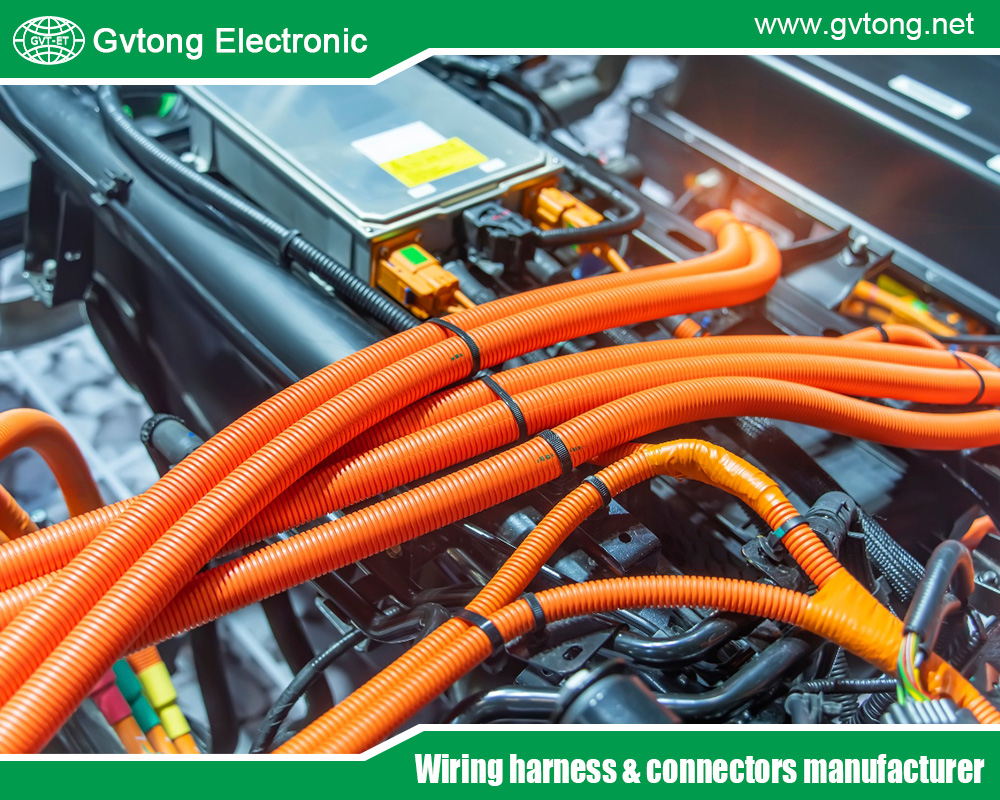
This table summarizes the critical features, providing a quick reference for understanding how waterproof connectors improve watertightness.
When selecting connectors, consult manufacturer datasheets, for specific IP ratings and sealing details. Ensure the connector matches the vehicle’s exposure level, such as engine bay versus exterior use. Ensuring you choose the right connector for watertightness needs.
This table summarizes the critical features, providing a quick reference for understanding how waterproof connectors improve watertightness.
When selecting connectors, consult manufacturer datasheets, for specific IP ratings and sealing details. Ensure the connector matches the vehicle’s exposure level, such as engine bay versus exterior use. Ensuring you choose the right connector for watertightness needs.
For more about How do automotive waterproof connectors improve the watertightness of a connector? you can pay a visit to Gvtong at https://www.gvtong.net/comprehensive-automotive-connection-solution/ for more info.
Recent Posts
The Best GR Series-Circular Connectors Manufacturer
The Best GD Series Combined Power Connector Manufacturer
A Guide to Selecting the Best GH Series Plastic Connector Manufacturer
How High Pressure Connectors Work?
The Best Automotive Connector Companies
Tags
Recommended Products
-
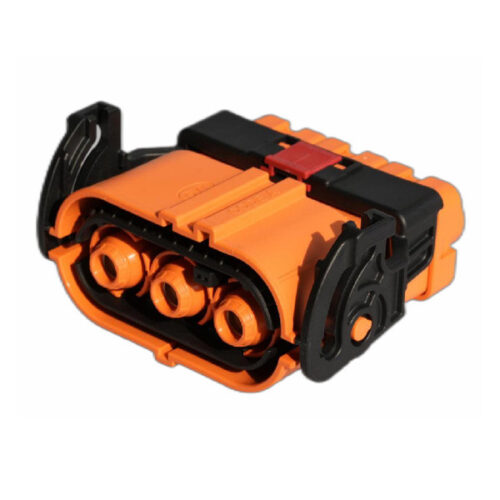
GH800 Series-3-core plastic high voltage connector
-

Signal connector-4 core-16#
-
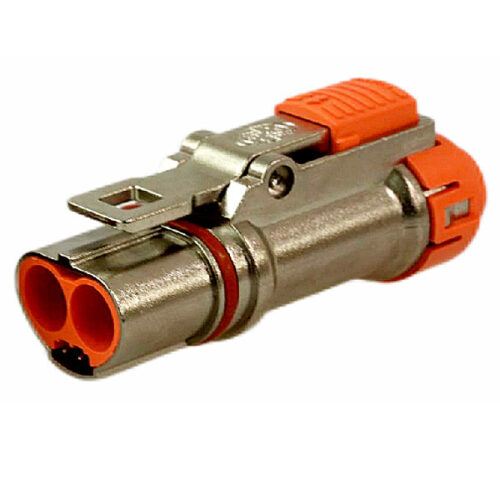
GM Series-3.6mm-2-core Metal Connector
-
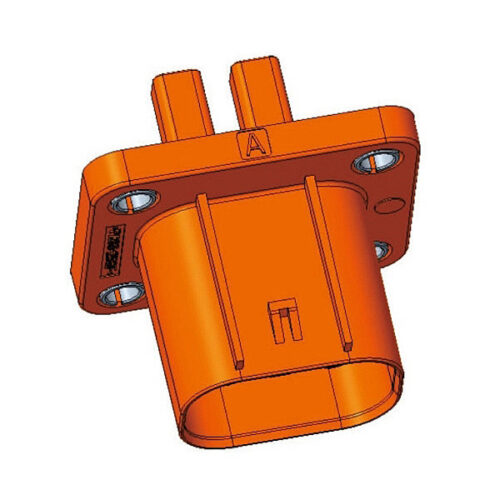
High voltage connector-2 core
-
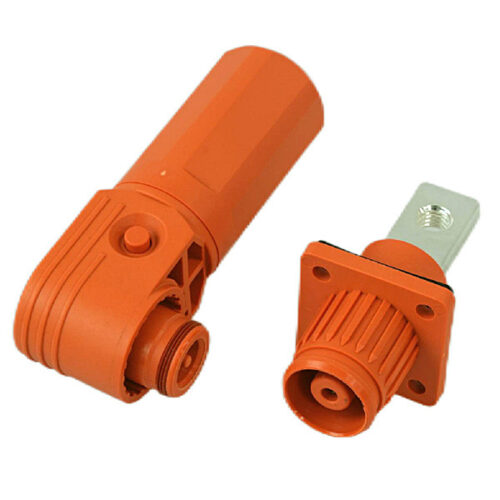
GB Series-Energy Storage Connector-10.0mm
-
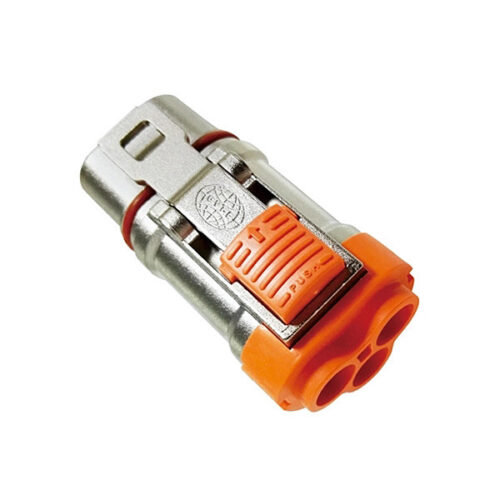
Metal connector-3.6mm-2 core
-
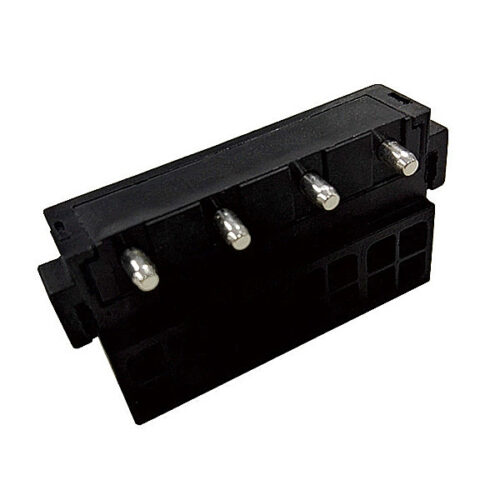
4-pin power connector (35A)
-

Electric Vehicles AC charging socket, New Energy Vehicles AC Socket Type 1 EV Charging Adapter
